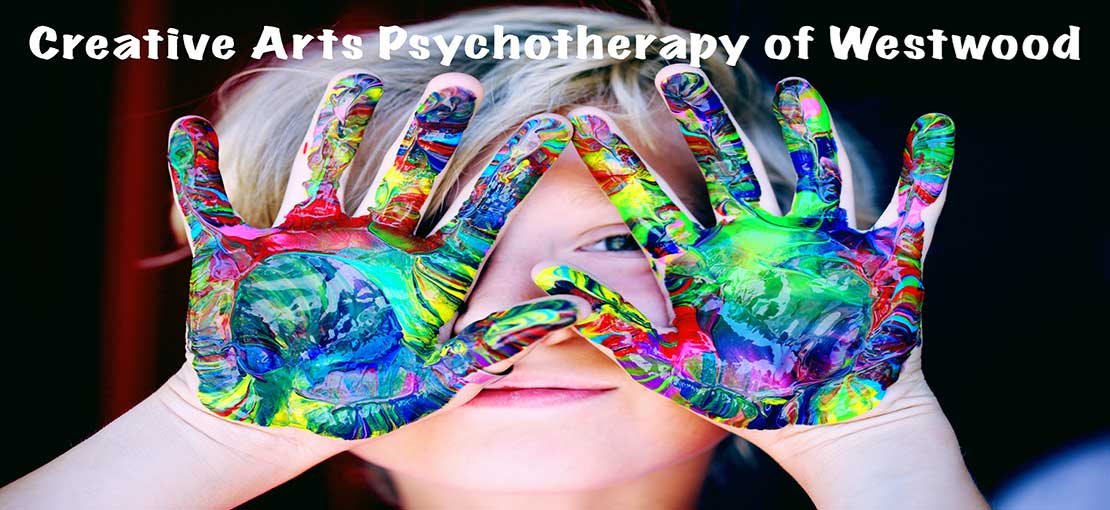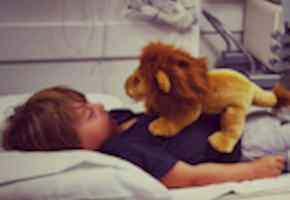Art therapy facilitates social, emotional, and cognitive development
Art Therapy is a particularly effective treatment for ALL children as art comes naturally to them, puts them at ease, and is a great vehicle to promote developmental growth, expression and understanding of their feelings, and self-confidence. Art therapists are especially well equipped to treat children with developmental disabilities and/or who on the Autism spectrum as the creative process address all of the following treatment goal areas:
Creative arts psychotherapy positively affects mood, cognition and behavior.
DEVELOPMENTAL GROWTH: Developmental growth refers to the cognitive, emotional, and social progress that we make towards reaching our full potential. Art therapy targets delayed or atypical aspects of a child’s development that are holding them back. Autism and developmental delays are pervasive, neurodevelopmental disorders that disrupts development in several areas. When a child makes progress towards artistic/drawing development, fine motor skills, and social/relational skills through activities such as art therapy, other areas of development tend to progress as well.
EMOTIONS/SELF EXPRESSION: Art therapists are trained in counseling techniques along with the creative arts, and utilize both to support clients in developing their ability to communicate. Children with developmental disabilities, and those with autism in particular, often have communication deficits which can be mentally, emotionally, and physically stressful. Art therapy can support a child in developing stronger communication skills to advocate for themselves by learning to identify, understand, and express their feelings, and can also help them to gain confidence. Over time, the child’s ability to regulate his/her emotions increases.
IMAGINATION/ABSTRACT THINKING DEFICITS: One of the classic characteristics of autism and other developmental disorders, imagination deficits, can be addressed through art therapy in a fun way for a child. The art projects specifically tailored for each child provide a visual, concrete format to support the child in developing abstract thinking skills, expressing creativity, and increasing flexibility in their everyday life. In other words, the more the child can imagine and play, move beyond perseverative interests and stimming behavior, the more they are able to be flexible in their day to day life outside of the art therapy.
SENSORY REGULATION AND INTEGRATION: Art therapy incorporates the visual, tactile, and auditory senses. Art therapists utilize a variety of art materials that many children with sensory integration issues would either tend to avoid or misuse to overstimulate themselves, but do so in a fun and playful way specifically tailored for each child to support them in slowly exploring the new material in a way that increases their ability to tolerate it. Over time, the child becomes less sensitive to overstimulation, both inside and outside the art studio.
RECREATION SKILLS: Some children with ASD or other developmental disorders struggle with attention deficits and also with the ability to simply enjoy themselves as easily as their neurotypical peers. Recreation is all about feelings of enjoyment, satisfaction, and pleasure, and art therapy gives every child the opportunity to express creativity, achieve and master new skills, and promotes inclusion and quality of life.
VISUOSPATIAL DEFICITS: Children with ASD and other developmental disorders often experience visuospatial deficits. Art experience relies on sophisticated neurological mechanisms that could enhance defective visuospatial functions, and the art therapy activities tailored to each child’s personal interests and needs provide them with a fun and engaging way to improve their visuospatial skills.
Alisa Lindenbaum, MPS, ATR-BC, LCAT
Creative Arts Psychotherapy of Westwood
Suite 2D, 223 Old Hook Road, Westwood, NJ 07675
201-691-4015 • https://capwestwood.com


.jpg?w=290&h=200&c=3)



Add A Comment
Thank you for your comment.
Sorry! There was a problem with your comment submission. Please try again.
Comment
Allowed HTML: <b>, <i>, <u>, <a>
Comments
Thank you for your comment.
Sorry! There was a problem with your comment submission. Please try again.
Thank you for your comment.
Sorry! There was a problem with your comment submission. Please try again.